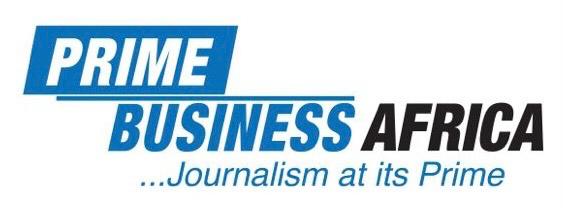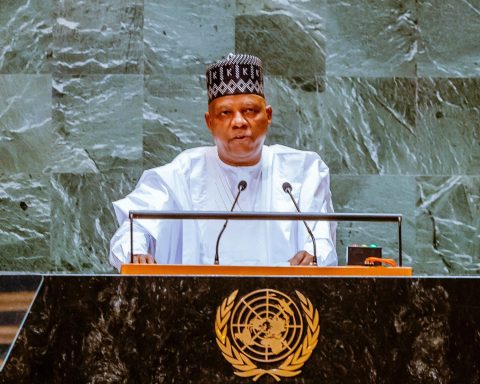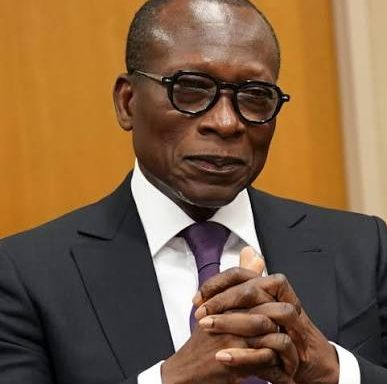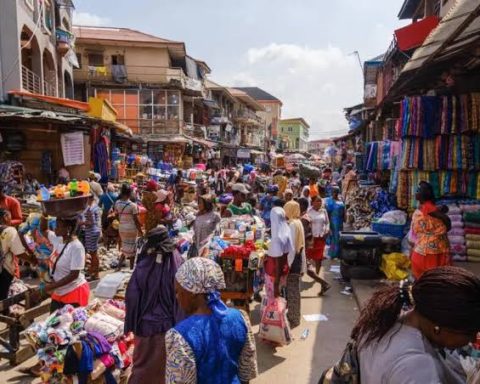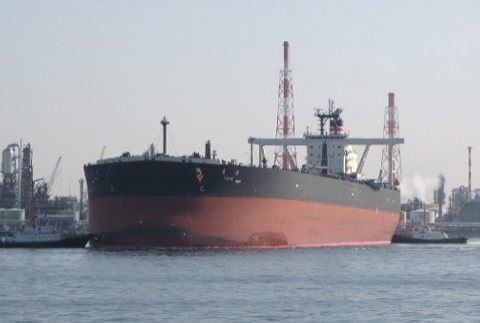An analysis of a report released recently by the African Export-Import Bank (Afreximbank) reveals that seven countries, including South Africa, Egypt, Nigeria, Morocco, Mozambique, Sudan and Angola, are responsible for about 54.4 per cent of Africa’s foreign debt stock.
Titled ‘State of Debt Play in Africa and the Caribbean’, the Afreximbank report offers a comparative and forward-looking analysis of debt dynamics across Africa and the CARICOM region as of 2025, using a debt sustainability analysis (DSA) framework to examine emerging vulnerabilities, fiscal constraints, and macroeconomic trajectories.
Join our WhatsApp ChannelAccording to the Afreximbank report, the top three are South Africa, which accounts for 13.1 per cent of Africa’s external debt stock, followed by Egypt with 12 per cent, and Nigeria with 8.4 per cent. They account for one-third of the continent’s foreign debt stock. Others among the top seven that made up 54.4 per cent of Africa’s total external debt stock are Morocco with 5.9 per cent, Mozambique, 5.4 per cent, Sudan, 5.2 per cent, and Angola 4.4 per cent.
Kenya constitutes 4.1 per cent, Ghana, and Senegal, 3.7 per cent, Tanzania, 3.4 per cent, Ethiopia, 3.1 per cent, Tunisia and Zambia, 2.9 per cent.
The report shows that 31.2 per cent of the continent’s foreign debt is distributed among smaller economies categorised as “others”. It said that this debt concentration amplifies systemic risks and warned that “fiscal distress in any of these countries could trigger wider regional repercussions through investor sentiment, trade interlinkages, and cross-border financial channels.”
READ ALSO: African Countries With The Highest Debt-to-GDP Ratio
The report highlights the predominance of multilateral creditors (such as the IMF, World Bank, and African Development Bank) of Africa’s external debt throughout the 2023–2029 period. “Multilateral lenders, such as the IMF, World Bank, and African Development Bank, continue to play a central role by providing concessional loans that are relatively affordable and long-term,” it noted.
Highlighting Africa’s debt dynamics, it observes that while the share of bilateral creditors remains relatively small and stable, the share of private creditors, though still lower than official creditors, is on a modest upward trajectory. “This reflects an increasing number of African countries turning to commercial markets for financing via Eurobonds and syndicated loans, particularly as access to concessional lending tightens due to macroeconomic vulnerabilities or policy noncompliance,” it added.
It states that after the significant fiscal and economic disruptions caused by the COVID-19 pandemic and the global monetary tightening, the debt landscape in Africa has entered a phase of cautious stabilization.
“Nevertheless, systemic vulnerabilities continue to pose significant challenges. With private creditors accounting for a growing share of debt, exceeding 40 per cent in some economies, there is increased exposure to market dynamics and refinancing pressures,” it states.
According to the report, fiscal planning is made more difficult by the fact that debt service obligations are still disproportionately high, particularly in nations with small export bases and pro-cyclical revenue streams.
“Africa’s path to sustainability depends on structural reforms to expand fiscal space, reduce external dependence, and boost domestic resource mobilisation. Accordingly, a clear shift from extractive, commodity-led growth to diversified, productivity-driven economies cannot be overstated.
“Between 2023 to 2025, Africa’s debt outlook has modestly deteriorated. Revised projections from April 2024 increased expected debt-to-GDP ratios by 0.5 per cent in 2024 and by a further 0.8 per cent in 2025 compared to the October 2023 projections.
“These upward revisions signal deteriorating near-term fiscal pressures, driven by underwhelming revenue performance, persistent expenditure pressures – including essential subsidies and public sector wage commitments and fragile post-pandemic recovery spending,” the report states.
It raises concerns that the cost of servicing debt denominated in foreign currencies has gone up domestically due to the depreciation of local currencies, especially in nations with small foreign exchange reserves.
Together, these elements highlight limited fiscal room and stalled consolidation momentum, the report states.
READ ALSO: Nigeria To Repay $30bn For $2.5bn IMF Loan – See Why And How
While noting that the concentration of debt in a few large economies raises contagion risks for the region, the report called on African policymakers to intensify efforts to enhance debt management frameworks, build fiscal buffers, and prioritise investments with high economic returns.
It added that simultaneously, the international community must support debt sustainability through improved access to concessional finance, flexible restructuring mechanisms, and innovative instruments such as climate-linked bonds.
“Without such reforms, the continent’s growing exposure to external finance could amplify macroeconomic vulnerabilities, particularly under prolonged periods of global financial tightening or exogenous shocks,” it states.
Victor Ezeja is a passionate journalist with seven years of experience writing on economy, politics and energy. He holds a Master's degree in Mass Communication.
